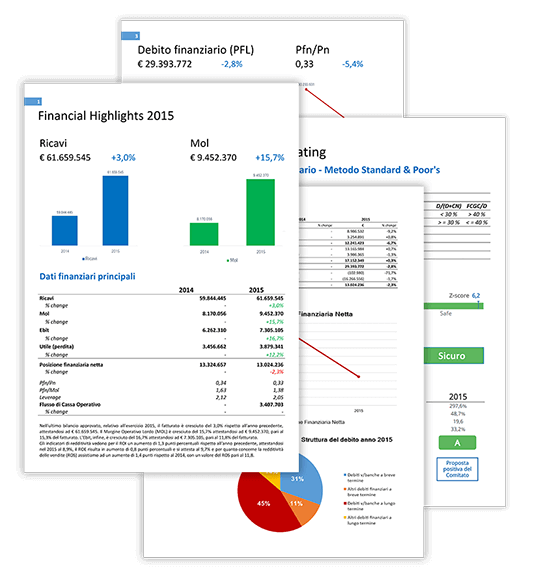How do you tell the difference between a real and a fake paycheck?
Payrolls provide valuable information about employees and how much they earn. Unfortunately, fake paychecks are all too common. In 2016, a police officer used a fake paycheck when applying for a loan for a used car and was subsequently charged with financial fraud. Unfortunately, not everyone gets caught, and if you can’t tell the difference between a real paycheck and a fake, you’re in trouble.
Fortunately, there are many telltale signs to watch out for. We’ve listed everything you’d expect to see in an actual paycheck to help you identify any discrepancies or issues. Ready for some detective work? Here we go.
1. The basic information must all be correct
Fake payroll generators often contain generic information, and the person generating the stub may have lost the details or forgotten to replace the generic text. If basic information like name, occupation, or date of birth is incorrect, you have a huge red flag. Spelling errors are another red flag, as an accountant typically spots and corrects them before issuing the stub, but a fake stub generator wouldn’t.
Spelling errors are another problem, as an accountant will usually spot and correct them before issuing the stub. But a fake payroll generator does not. A real paycheck will automatically populate with employee information stored in the corporate system. So there should be no room for error.
2. All digits and decimal points must be aligned
When accountants create payslips, they do it right. This means that all digits and decimal points must aligned consistently across the paycheck, leaving no room for errors or confusion. It might appear that a fake pay was created in Microsoft Word. While a real compensation will be made using accounting software.
3. There should be a difference between “O” and “0.”
Small details make all the difference when it comes to spotting a fake heel. There should be a distinct difference between the letter “o” and the number “0” on the payslip – you will often see a line through zero. Counterfeits rarely bother checking these little details, so that’s a good reason to investigate further.
4. Estimates and roundups should be minimal
Accurate paychecks are created by professional accountants who care about keeping every penny. For this reason, estimates and roundups should be minimal. If you see too many numbers rounded to the nearest zero, estimates that seem unrealistic, or numbers that don’t seem correct, you need to make sure you are not dealing with a fake.
5. It must be legible
If your paycheck is hard to read, the numbers don’t match correctly, or the formatting looks wrong. There’s a good chance it’s a fake. While there is no perfect example of a paycheck, an original stub will always be legible and easy to understand, using decent quality paper and printer ink.
Don’t ignore an insufficient paycheck just because it comes from a small business or family business, as it shouldn’t affect the quality of their accounting.






